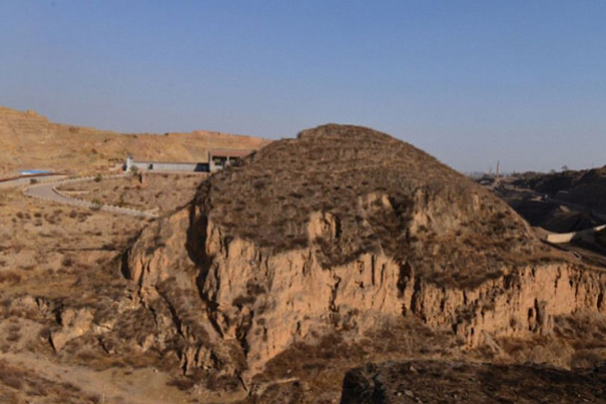Shanxi site provides more clues about ancient humans
China Daily, February 21, 2024
Research on the origin, evolution and diffusion of humans has long been a popular topic in the field of paleoanthropology. Led by Chinese scientists, an international research team's recent study of a site in North China's Shanxi province has unveiled fresh insights into the characteristics of Homo sapiens dating back 45,000 years.
Located on the southwest margin of Nihewan Basin, the Shiyu site in Shanxi's Shuozhou city was discovered in 1963. Since 2012, archaeologists from the Institute of Vertebrate Paleontology and Paleoanthropology of the Chinese Academy of Sciences, Peking University and various universities and research institutions in China, Australia, France, Britain, Japan, Spain and Germany have carried out comprehensive, multi-disciplinary and cross-platform international collaborative research at the site.
The deposits found at the site indicate that the Shiyu Homo sapiens lived on flat terraces beside rivers, with grassland as their main vegetation. The archaeologists conducted carbon-14 dating on three animal bone fragments with scratches to obtain direct evidence and establish an accurate timeline of human activity at the site.
They analyzed the data using the Bayesian model — which combines prior knowledge about a population with evidence from information contained in a sample to make an inference — and extended the site's age from about 35,000 years ago to 45,000 years ago.
More:
http://www.china.org.cn/arts/2024-02/21/content_117011126.htm

Nihewan Basin, Shiyu site, Shanxi's Shuozhou city
